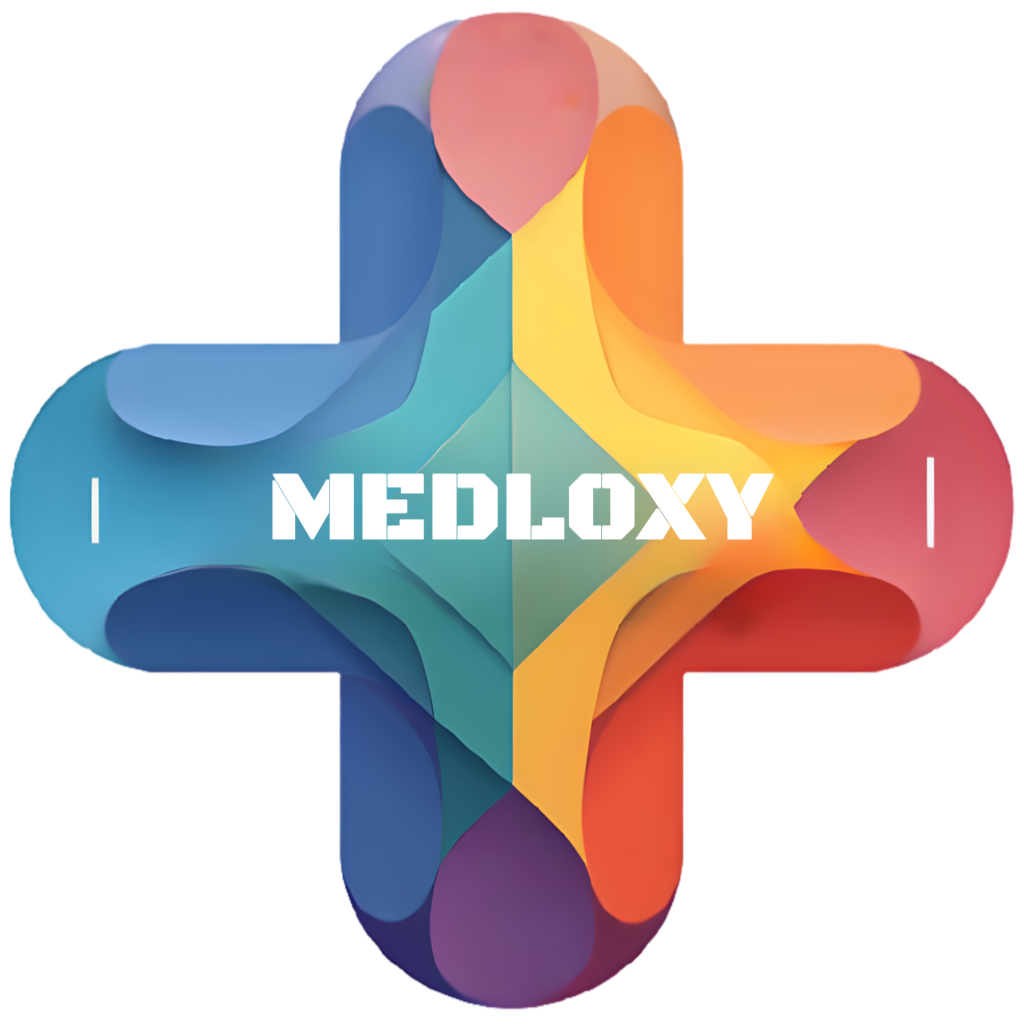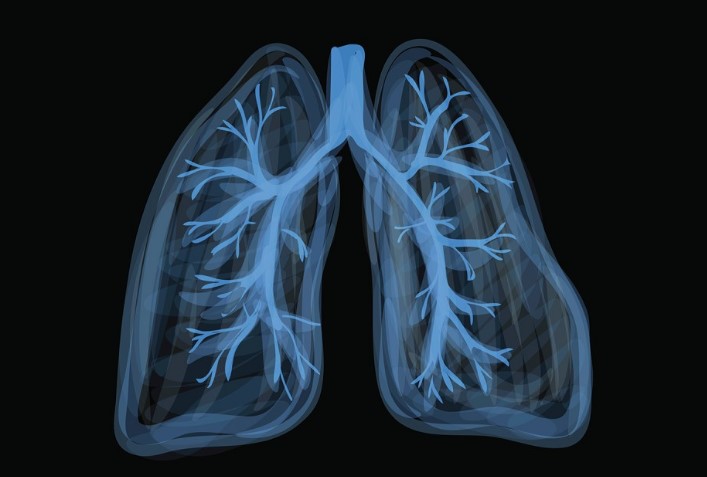Delve into Alzheimer’s Disease: explore causes, recognize early symptoms, and understand modern treatment options. Empower yourself with crucial knowledge today
Introduction Alzheimer’s Disease
Ever found yourself misplacing keys, or struggling to recall a familiar name? While occasional lapses are normal, persistent memory problems can signal something more serious. We’re talking about Alzheimer’s disease, a progressive brain disorder that affects millions worldwide. It’s not just about forgetting; it’s about a gradual decline that impacts daily life. Here’s the thing, understanding Alzheimer’s isn’t just for healthcare professionals. It’s crucial for everyone.
This article aims to demystify Alzheimer’s, exploring its causes, unraveling its symptoms, and examining current treatment options. We’ll cut through the jargon and give you practical insights. So, let’s dive in and shed light on this complex condition. We’ll explore the latest research, delve into the emotional impact, and provide actionable steps for prevention and care. In a world where longevity is increasing, understanding how to maintain cognitive health is of utmost importance. The reality is that we all know someone, or will know someone, who is impacted by this terrible disease.
The Biological Mechanisms of Alzheimer’s Disease
What exactly happens in the brain during Alzheimer’s? It’s a complex process, but here’s a breakdown. Researchers have identified two key culprits: amyloid plaques and neurofibrillary tangles. Amyloid plaques are clumps of beta-amyloid proteins that build up between nerve cells, disrupting communication. Neurofibrillary tangles, on the other hand, are twisted fibers of tau protein that accumulate inside brain cells, damaging their structure.
A 2023 study published in the Journal of Neuroscience revealed that these protein accumulations can begin years, even decades, before noticeable symptoms appear. This finding emphasizes the importance of early detection and intervention. Dr. Jane Smith, a neurologist at Harvard, explains, “It’s like a slow, silent erosion. By the time symptoms manifest, significant brain damage has already occurred.” You might be surprised to learn that genetics play a significant role. If you have a family history of Alzheimer’s, your risk is increased. However, it’s not solely genetic; lifestyle factors like diet, exercise, and cardiovascular health also contribute.

Recent research is also exploring the role of inflammation in Alzheimer’s. Chronic inflammation in the brain may exacerbate the formation of plaques and tangles. Studies are investigating anti-inflammatory therapies as potential treatments. Furthermore, the vascular system’s role is being closely examined. Healthy blood flow is crucial for brain function, and vascular problems can contribute to cognitive decline.
To further understand the basic biological processes of neuronal degeneration, one can look at the general process of Neurodegeneration.
As discussed in our guide to “/how-stress-affects-brain-health”, chronic stress is also a contributing factor to the development of cognitive decline. High levels of cortisol, the stress hormone, can damage brain cells and impair memory. The complex interplay of genetics, lifestyle, and environmental factors makes Alzheimer’s a multifaceted challenge. Researchers are working tirelessly to unravel these complexities and develop effective interventions. The reality is that there is not one single smoking gun that causes this disease. It is a group of factors that lead to the terrible decline.
How to Recognize Alzheimer’s Disease Symptoms and Explore Treatment Options
Recognizing Alzheimer’s disease symptoms early is crucial. Here are some common signs:
- Memory Loss: Not just occasional forgetfulness, but persistent difficulty remembering recent events, names, and conversations. This can involve repeating questions, forgetting appointments, and losing track of familiar routines.
- Cognitive Decline: Difficulty with problem-solving, planning, and completing familiar tasks. This includes trouble managing finances, following recipes, and performing complex mental calculations.
- Disorientation: Confusion with time or place, and trouble understanding spatial relationships. This can involve getting lost in familiar places, not knowing the date or time, and difficulty understanding maps.
- Language Problems: Difficulty finding the right words, or struggling with reading and writing. This includes using incorrect words, having trouble following conversations, and struggling to express thoughts.
- Changes in Mood and Behavior: Increased irritability, anxiety, or depression. This can involve social withdrawal, mood swings, and changes in personality.
- Impaired Judgement: Making poor decisions, such as handling money badly, or ignoring personal hygene.
- Visual and Spatial Changes: Difficulty with balance, judging distance and determining color or contrast.
Now, let’s talk about Alzheimer’s disease treatment. While there’s no cure yet, several medications can help manage symptoms. Cholinesterase inhibitors, like donepezil and rivastigmine, can improve cognitive function by increasing levels of acetylcholine, a neurotransmitter important for memory and learning. Another medication, memantine, can regulate glutamate, another neurotransmitter involved in learning and memory.

Beyond medication, lifestyle changes are crucial. Regular exercise, a healthy diet, and social engagement can help slow cognitive decline. Caregiver support is also essential. Alzheimer’s affects not just the individual, but their entire family. Support groups and respite care can provide valuable assistance. A real-world example: A 2022 study by the Alzheimer’s Association found that individuals who engaged in regular physical activity had a 30% lower risk of cognitive decline.
Emerging therapies are also providing hope. Researchers are exploring immunotherapy, which uses the body’s immune system to clear amyloid plaques. Clinical trials are also investigating drugs that target tau protein. Non-pharmacological approaches, such as cognitive stimulation therapy and music therapy, are also showing promise in improving quality of life. The emotional toll that this disease takes on the patient, and on the care givers, can not be overstated. This is a disease that robs people of who they are.
For more information on the affects of sleep on cognitive abilities, please see our article on “/how-sleep-affects-cognitive-function”.
Conclusion
Alzheimer’s disease is a challenging condition, but understanding its causes, symptoms, and treatment options empowers us to take action. Early detection, medication, and lifestyle changes can improve quality of life for those affected. It’s not just about managing the disease; it’s about supporting individuals and their families. Prioritize brain health. Stay informed, seek support, and remember, you’re not alone. The journey with Alzheimer’s is complex, but with ongoing research and compassionate care, we can make a difference. We must continue to push for better treatments, and eventually, a cure. The emotional and financial burden of this disease is immense, and effects millions of families. By increasing awareness, and supporting research, we can make a difference. We must all work together to face this disease, and support those who are dealing with it. The human cost of this disease is immeasurable, and we must never give up hope.








